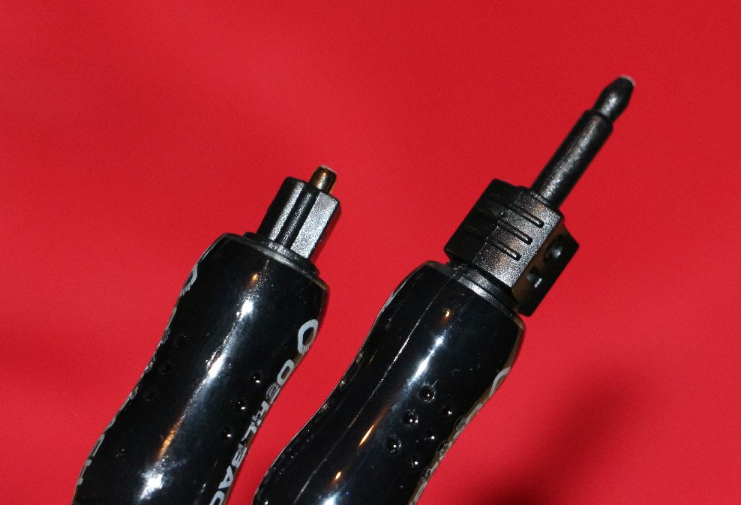With all the connectivity the world has today, no one would deny the fact that everyone heavily depends on data transmission. It has become the lifeblood of this interconnected era. Whether it’s about streaming a high-definition video, downloading large files, or communicating across vast distances, the efficiency and reliability of data transfer are paramount.
Many modern world organisations can’t function properly without a data transmission facility. This brings us to the main point: optical cables. Optical cables, often referred to as fibre optic cables, have emerged as a revolutionary solution for transmitting data at incredible speeds over long distances. If you haven’t heard about them, then don’t worry. In this blog, we will delve into the inner workings of optical cables, explore their unique properties, and discuss their wide-ranging applications across various industries.
The Basics of Optical Cables
At the heart of optical cables lies a simple yet powerful principle: the transmission of data through light. Traditional copper-based cables rely on electrical signals for data transmission. Unlike this traditional function, optical cables use pulses of light to transmit the data. The main objective of optical cables is to ensure minimum signal loss. These operate on the phenomena of their core being made of transparent materials, preferably glass or plastic fibers, that are surrounded by a cladding material that reflects the light back into the core.
Understanding Fiber Optics
As mentioned earlier, the core of an optical cable is typically made of either glass or plastic fibers. Glass fibers are preferred for long-distance communication due to their low attenuation. This means that light signals can travel greater distances without significantly losing strength. Plastic fibres, on the other hand, are more flexible and cost-effective, making them suitable for shorter-distance applications such as home networking or industrial automation. Thus, if you want a solution to keep your website up and running at all times, then internet services that use glass optical cables are your answer.
Key Advantages of Optical Cables
Optical cables offer several distinct advantages over traditional copper cables. Firstly, they can transmit data over much longer distances without signal degradation, making them ideal for telecommunications networks spanning vast geographic areas.
Additionally, optical cables are immune to electromagnetic interference (EMI) and radio frequency interference (RFI). This immunity towards these elements ensures reliable data transmission even in environments with high levels of electromagnetic noise.
Furthermore, optical cables have a higher bandwidth capacity, allowing for the transmission of large volumes of data at incredible speeds. In simple words, you can experience internet speeds that are up to 20 times improved with optical cables compared to other standard ones.
Applications Across Industries
Optical cables’ versatility and reliability have led to universal adoption across various industries. Optical cables are paramount for global communication networks in the telecommunications sector, offering high-speed internet access, voice-over IP (VoIP) services, and video conferencing.
They are also used in medical imaging devices such as endoscopes and MRI machines in the healthcare industry, providing high-quality images with low latency. In the aerospace and defence sectors, optical cables are used to transmit data for satellite communications, surveillance systems, and aircraft instrumentation.
Optical Cables in the Digital Age
As digital technologies continue to evolve, the demand for faster, more reliable data transmission solutions will always be high. Optical cables play a key role in meeting these demands, offering high speed, reliability, and bandwidth capacity, leading to high-speed internet connections facilitating real-time data analytics. Optical cables are a face of innovation and connectivity in the digital age.
Conclusion
Transmission of data has become the lifeblood of many companies and even countries. It has the ability to start or stop a conflict as big as a war. Therefore, it’s always important to know the impact it has on people and how these things function. With the ability to transmit data at incredible speeds over long distances, immunity to electromagnetic interference, and versatility across various industries, optical cables have become indispensable components of our interconnected infrastructure.

